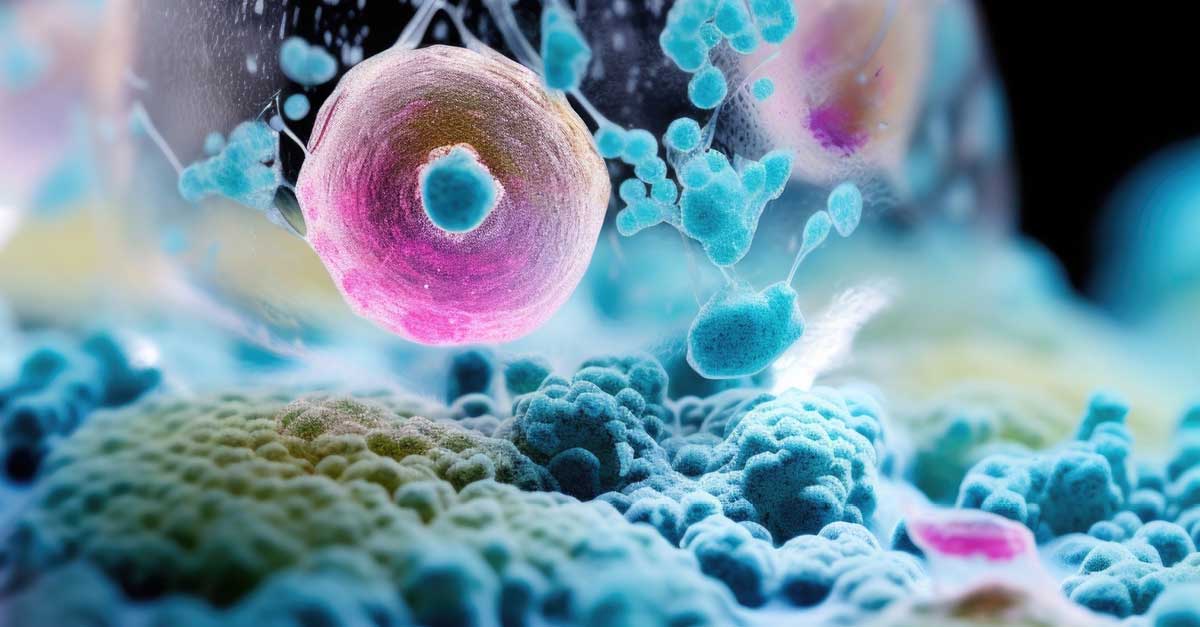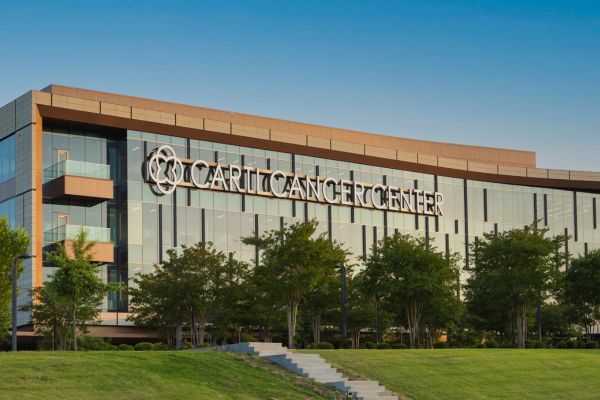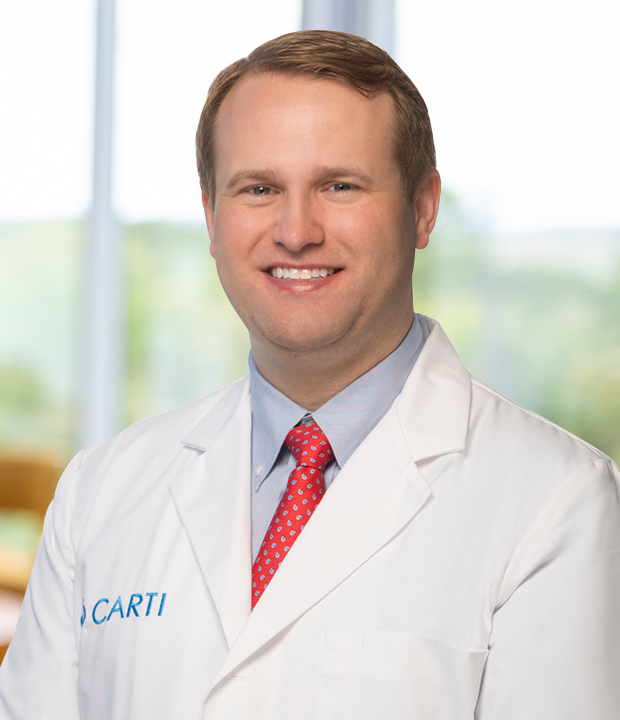Breast Cancer Surgery Doesn’t Start With Surgery
As seen in the March/April issue of Healthcare Journal of Arkansas. By Breast Cancer Surgical Oncologist, Yara Robertson, M.D., F.A.C.S.
Over the nearly 140 year history of breast cancer surgery, there have been countless innovations in techniques and technologies that not only increase precision and efficiency, but also result in better outcomes for our patients. While each of these have revolutionized our field and we are better surgeons because of them, the most important “innovation” is actually something that often removes surgeons from the equation altogether, at least for a bit.
For many patients and physicians alike, a breast cancer diagnosis often warrants an immediate reaction to “cut it out”. Common thought is that by removing the suspicious mass, you optimize the patient’s chances of recovery and reduce the rate of recurrence. And while there are cases when surgery is the most appropriate initial treatment, the modern standard of care actually calls us to pause before making any surgical or treatment decisions.
During this pause, the surgeon should recommend patients undergo a biopsy, which will obtain a histologic diagnosis of the lesion and tell us if it is cancerous or non-cancerous. While around 5% – 10% of biopsies may need to be completed through more invasive surgical means, most can be done through a minimally invasive, image-guided biopsy. This can be performed by the diagnostic radiologist who likely discovered the suspicious mass, or by the surgeon, if they are able to do image-guided biopsies.
The bottom line is that we need a diagnosis before performing surgery. If the mass is cancerous, the preoperative workup will explain the cancer’s receptor status, which will tell us the type of cancer, specifically the estrogen and progesterone status and whether the HER2/neu protein is overexpressed, and how aggressive it is. We can then work collaboratively with the patient’s multidisciplinary care team to create a treatment plan perfectly tailored to their specific cancer.
For more aggressive cancers, chemotherapy is often a more effective initial treatment than surgery. In the time that patients actually have and recover from their surgery, a single cancer cell could potentially spread to another area of the body and lead to a worse prognosis. Instead, some patients should start with chemotherapy or immunotherapy, both of which systematically treat the cancer and reduce, or completely eradicate, its existence across the entire body. Then, if and when they have surgery, we approach it with a more complete road map. This can also afford the patient more surgical options. For example, since the chemotherapy may have shrunk the tumor, we can transition from a mastectomy to a breast-conserving surgery.
Additionally, chemotherapy and immunotherapy can have added effects that positively impact the patient’s overall recovery and wellbeing. When patients undergo these therapies ahead of surgery, lymph nodes in their axillary region, the armpit, that may have previously registered cancer cells may no longer do so. If this is true, it allows us to potentially avoid taking a large amount of lymph nodes, which reduces the patient’s risk of developing lymphedema, or arm swelling, that can become a severe side effect of treatment.
The goal of a preoperative biopsy is to give patients the knowledge they need to make the most informed decision. Identifying the breast cancer’s receptor status before going into surgery gives us more oncologically safe options for treating their particular cancer. In most cases, breast cancer is not a surgical emergency, so it is important for patients and physicians to remember that we have time to fully understand the diagnosis and create a well informed decision regarding treatment.
ADDITIONAL RECOMMENDATIONS REGARDING BREAST CANCER RECONSTRUCTION SURGERY
We understand that not all patients want to have post mastectomy reconstruction and, of course, it may be preferable for some patients to wait on reconstruction after a mastectomy due to additional adjuvant treatment that may be required. However, once a patient is deemed a candidate for surgery and desires a mastectomy, it is important that the surgical team include the breast cancer surgeon and the patient’s plastic surgeon of choice. Together, they can ensure the patient’s reconstructive goals are met during the initial surgery.
Outside of select cases, including those patients who will undergo postmastectomy radiation therapy, reconstruction should be done immediately following a mastectomy. Known as immediate-delayed breast reconstruction, this process includes a skin-sparing, or nipple sparing, mastectomy followed by the insertion of a saline-filled tissue expander during the same surgery. By doing this, we preserve the natural shape of the breast skin envelope and allow the patient to heal from one surgery instead of two. This tandem surgery effort gives the patient the best oncologic and cosmetic outcomes possible.
THE IMPORTANCE OF SHARED DECISION MAKING
Self-advocacy is a must for optimal care. What that means is that the patient should feel comfortable speaking up, asking questions and taking an active role in their diagnosis and treatment plan. With so many advancements in breast cancer treatment, there are more options available to patients. It is very important to understand these options so that patients and healthcare providers can work together to decide what will work best for an optimal outcome.






